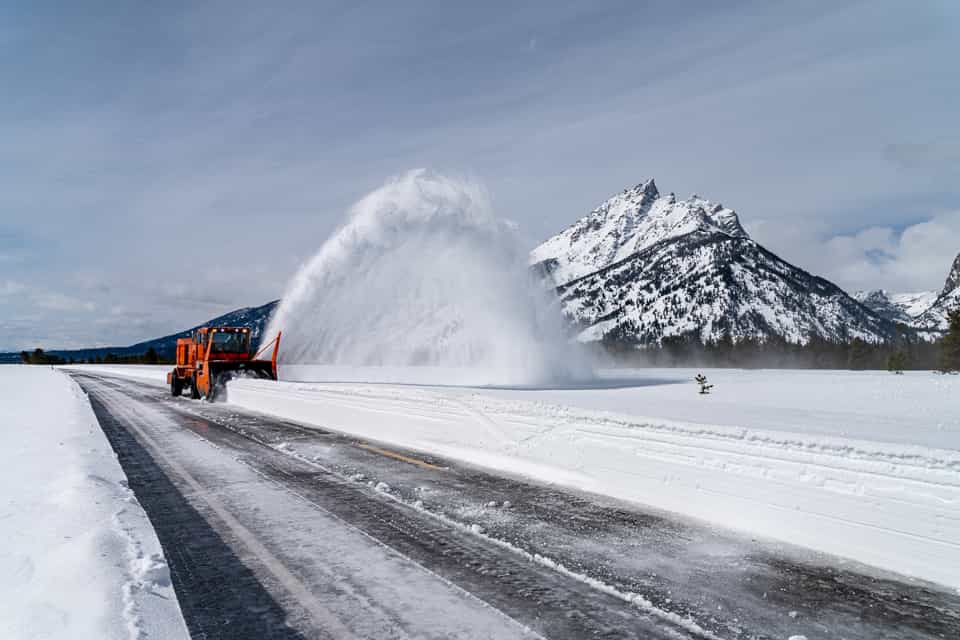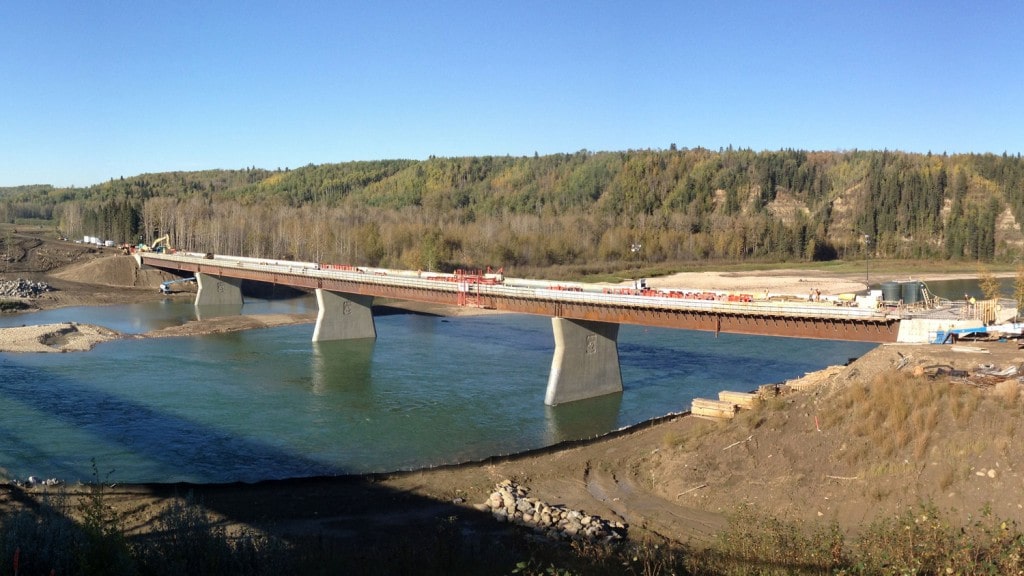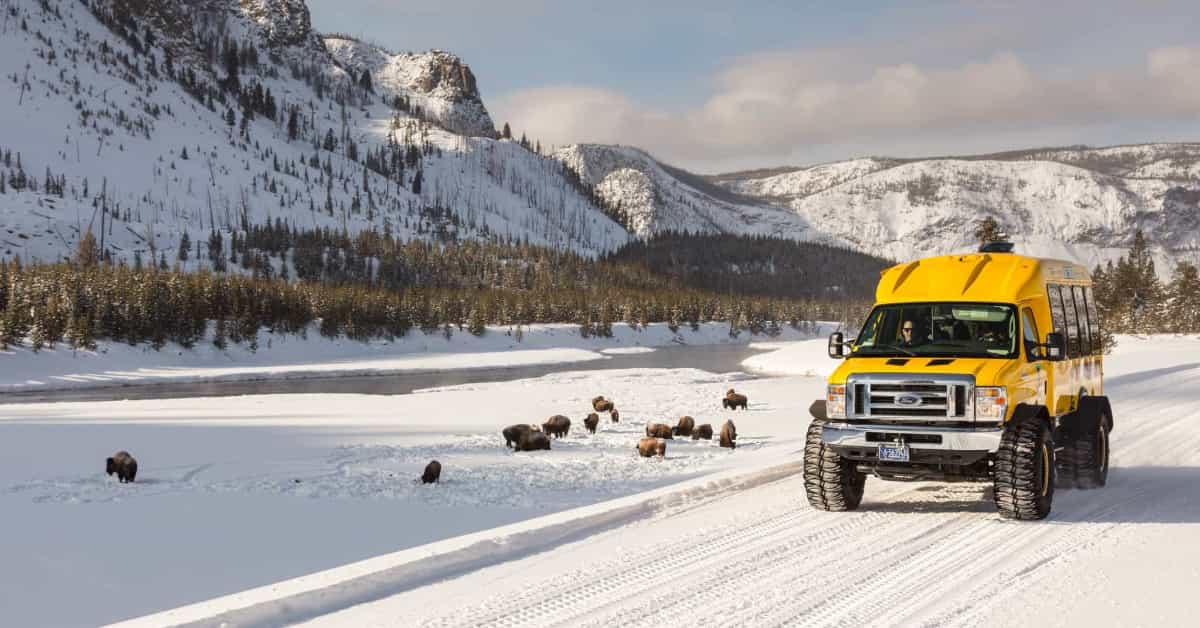
Mount Everest, the highest mountain in the world, has captivated mountaineers for decades. Why? As George Mallory once said, “Because it is there.” It is the ultimate symbol of human endeavor where many mountaineers have gone to fulfill their dreams, resulting in both triumph and tragedy.
It wasn’t until the Great Trigonometrical Survey of India of 1802 that Mount Everest was recognized as the highest mountain in the world. Until then, just an obscure Himalayan peak known as Peak XV, this announcement captured the international imagination, and soon the idea of reaching the summit of the “roof of the world” was viewed as the ultimate geographic feat. Attempts to climb Mount Everest, however, could not begin until 1921, when the forbidden kingdom of Tibet first opened its borders to outsiders.

The first people to officially climb Mount Everest began their attempts in 1921. Two British Expedition team attempts in 1921 and 1922 failed to reach the summit of Mount Everest. In 1924, two members of a British expedition team, George Mallory and Andrew Irvine, were seen just 800 feet from the summit. The two men were last spotted “going strong” for the top until the clouds perpetually swirling around Mount Everest engulfed them. They then vanished. Though Mallory’s body was eventually found in 1999, no evidence was found on his body, such as a camera containing photos of the summit or a diary entry recording their time of arrival at the summit. The mystery remains unsolved.

10 more expeditions over a period of thirty years failed to summit, with 13 people losing their lives. Then, on May 29, 1953, Edmund Hillary, a New Zealand beekeeper, and Tenzing Norgay, an acclaimed Sherpa climber, became the first to reach the highest place on Earth. Hillary and Norgay were members of a British expedition led by Colonel John Hunt. Also along for the trip was a filmmaker to document their progress, a writer for The Times, and a physiologist. After months of planning and organizing, the expedition began to climb. On their way up, the team established nine camps, some of which are still used by climbers today.

Only four of the eleven climbers on the expedition would attempt to reach the summit. Hunt, the team leader, selected two teams of climbers. The first team consisted of Tom Bourdillon and Charles Evans, and the second team consisted of Hillary and Norgay.
The first team left on May 26, 1953, to attempt to reach the summit. Although the two men made it up to about 300ft shy, the highest any human had yet reached, they were forced to turn back after bad weather set in, a fall, and problems with their oxygen tanks.

At 4 a.m. on May 29, 1953, Edmund Hillary and Tenzing Norgay awoke in camp nine and readied themselves for their climb. Hillary discovered that his boots had frozen and spent two hours defrosting them. The two men left camp at 6:30 a.m. They encountered one particularly difficult rock face during their climb, but Hillary found a way to climb it. The face is now called ‘Hillary’s Step.’

At 11:30 a.m., Hillary and Tenzing reached the summit of Mount Everest. Hillary reached out to shake Tenzing’s hand, but Tenzing hugged him. The two men enjoyed only 15 minutes at the top of the world because of their low air supply. They spent their time taking photographs, taking in the view, placing a food offering (Tenzing), and looking for any sign that the missing climbers from 1924 had been there before them (they didn’t find any).
The successful summit made them world-famous overnight. Hillary became a hero of the British Empire, the news reached London just in time for Elizabeth II’s coronation, and Tenzing was touted as a symbol of national pride by three separate nations: Nepal, Tibet, and India.

More than 6,500 people from over 80 nations have climbed Mount Everest. At least 300 have lost their lives, making the odds of not coming down alive about one in 20. Approximately 800 people attempt to climb Everest annually. Kami Rita Sherpa holds the record for most climbs, having reached the peak of Mount Everest 30 times.

The dead are often left where they perish because the effects of altitude make it nearly impossible to drag bodies off the mountain. Those ascending Mount Everest pass through an icy graveyard littered with remnants of old tents and equipment, empty oxygen canisters, and frozen corpses. A single cleanup in the spring of 2011 removed over eight tons of trash from Mount Everest, and many more remain uncollected. To counteract the problem, Nepal’s government now requires climbers to bring back all of their equipment or risk losing a $4,000 deposit. New trash bins and a waste incinerator have recently been installed near the mountain.
Climbing Mount Everest is a dream held by many around the world. If you want to be one of the few who say: “I climbed Mount Everest!” you will need to hire a professional guide. Many Mount Everest climbing guides charge over $75,000 for people wanting to join climbing expeditions. If you are interested in climbing Mount Everest, you will also need up to three months to make the journey. It takes a 19-day round trip to trek to and from Mount Everest Base Camp. Once at Base Camp, it takes 40 days to climb to the summit. The reason for the duration is that for the human body to adjust completely to the high elevation, climbers must spend time at Base Camp and make a series of acclimatizing climbs to the various camps to climb Mount Everest. Throw in an $11,000 permit, equipment, and flights, then climbing Everest could cost you anywhere between $50,000 to $200,000.






A fascinating account. Thanks for sharing all this research with us! 🙂